Note: The recipe for PHD Baby Food will be posted Monday.
I had the great pleasure of traveling to Germany in July for the first-ever German Paleo Convention, a fun event modeled on PaleoFX; a meeting of the German Paleo Medical Society; and an event at the world’s first PHD gourmet restaurant, Life! Restaurant for Body and Soul on the Konigsallee in Dusseldorf. (See The First PHD Gourmet Restaurant: Life! Restaurant.)
Soon after my return I was interviewed by Tony Federico of Paleo Magazine Radio, to discuss the globalization of Paleo and especially the growing interest in Europe. Our interview is now live: Paleo Going Global with Paul Jaminet – PMR #93.
Tony and I briefly discussed the Perfect Health Retreat. The October retreat (October 10-17) is almost sold out, so if you are interested in coming please contact us quickly. We’ve also scheduled next May’s retreat for April 30 to May 7, and are now accepting reservations. There will be a small price increase starting with the May 2016 retreat, but any reservations received by December 31 will receive 2015 prices.
To learn about the retreat, visit the web pages under the Perfect Health Retreat tab, starting here. To reserve a room or for more information, please contact Paul Jaminet at paul@perfecthealthretreat.com.







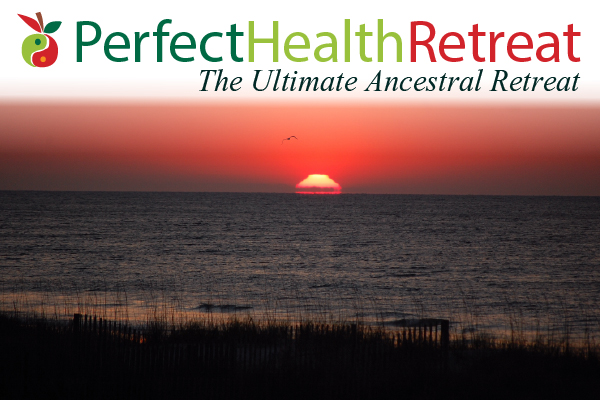



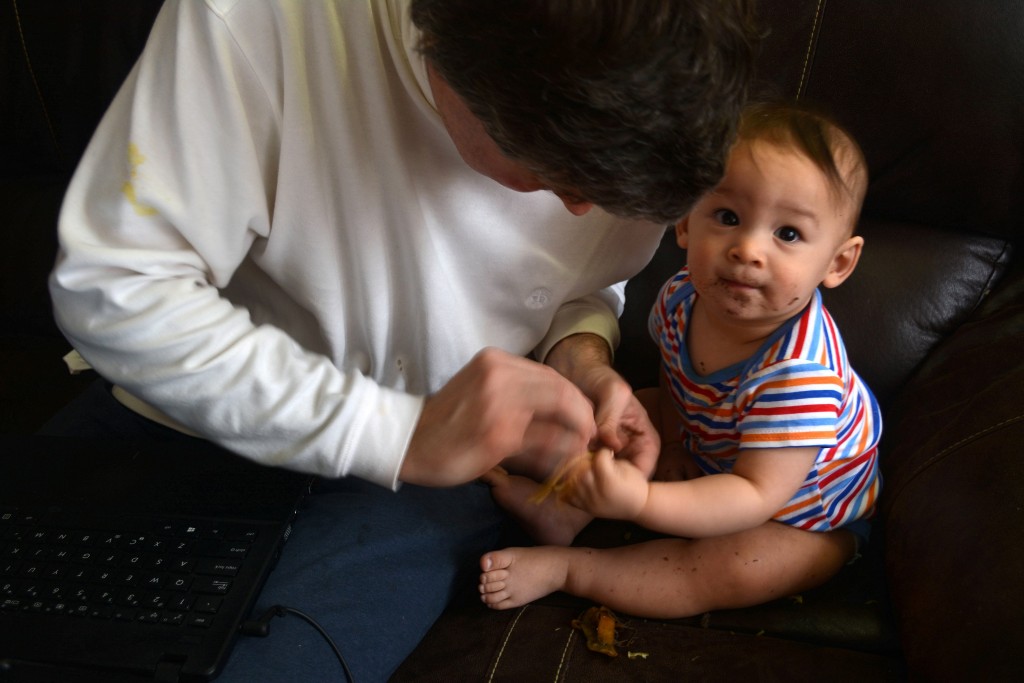
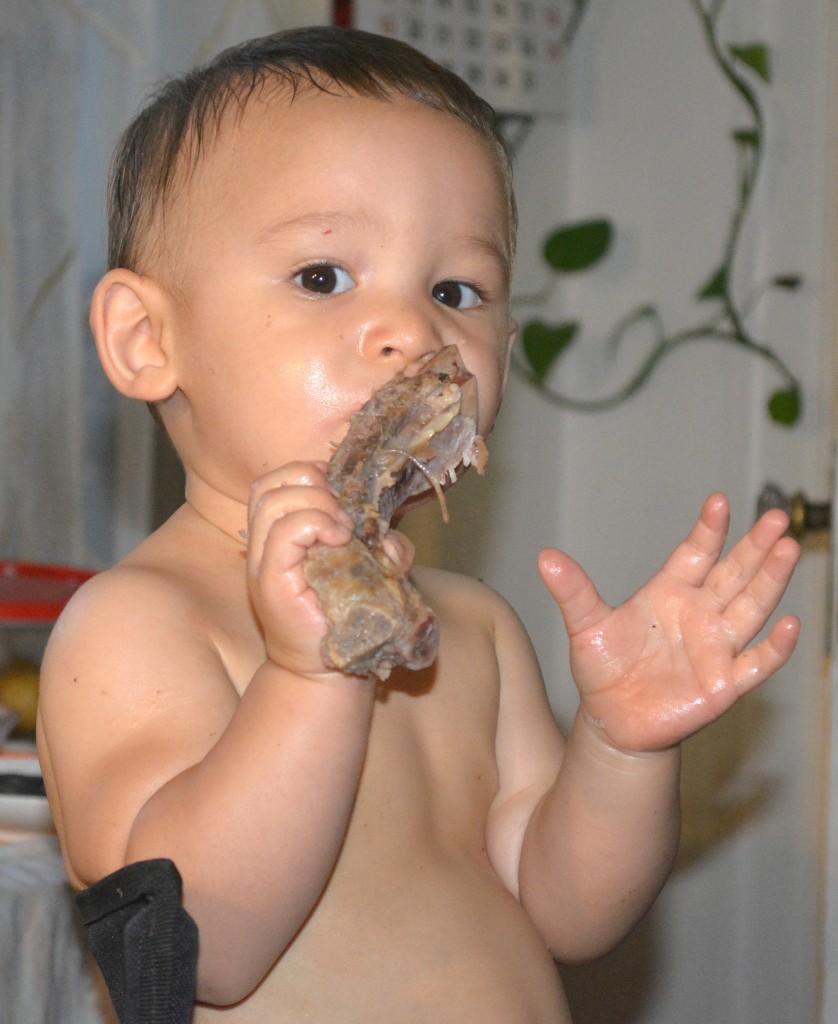


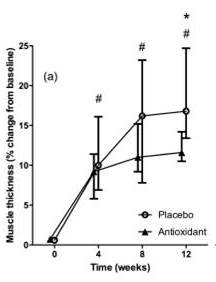
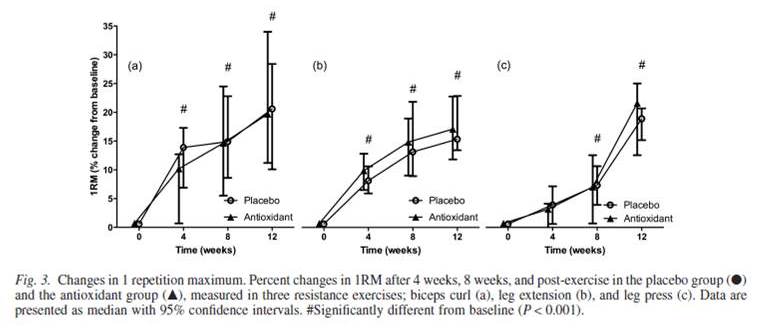
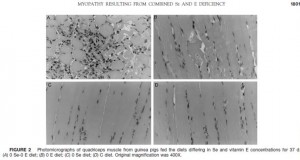
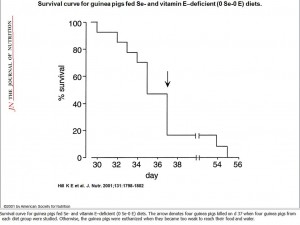




Recent Comments